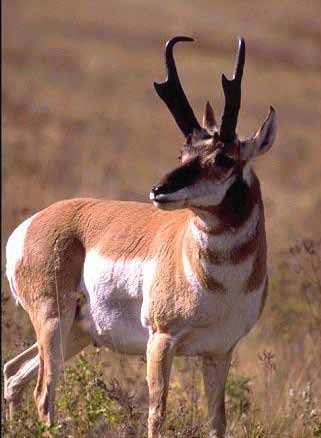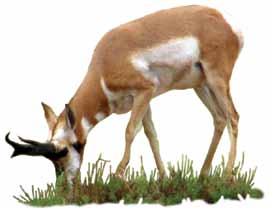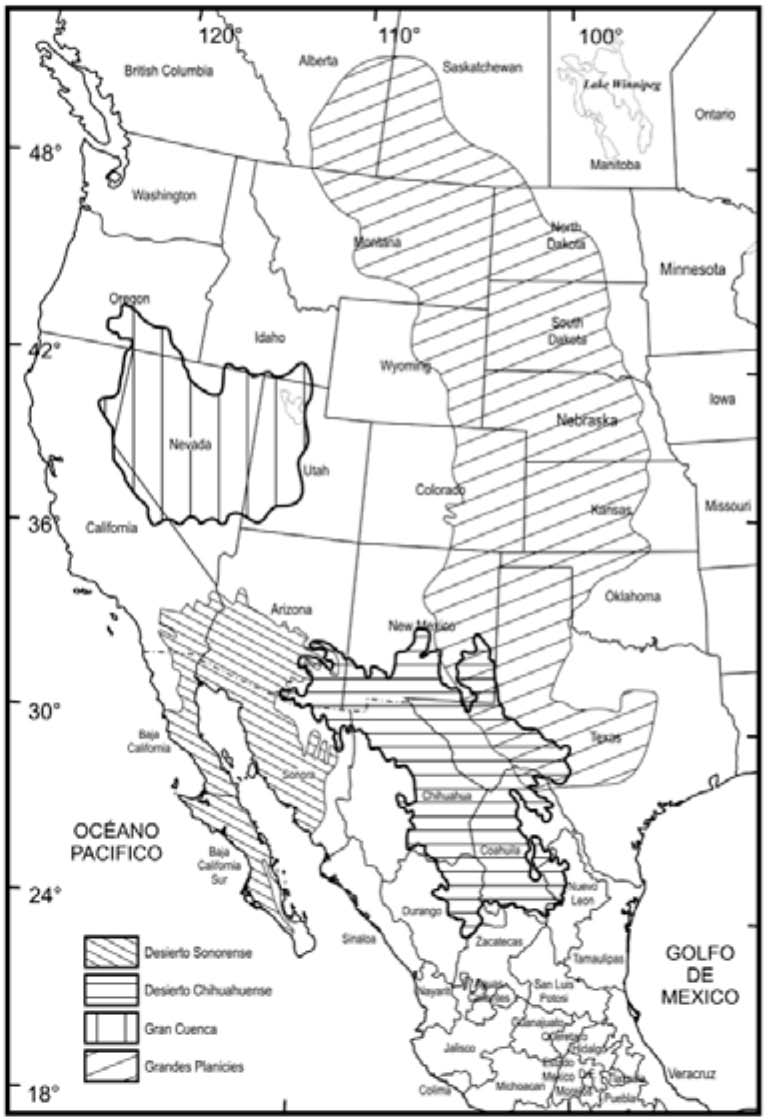Contents | 3 | 4 | 5 | 6 | 7 | 8 | 9 | 10 | 11 | 12 En español
Wildlife won’t be prevented from crossing border
 By preventing the construction of the binational border fence between the Pinacate reserve in Sonora, Mexico and Organ Pipe National Monument in Arizona, wild life in the area will be able to cross the border unimpeded.
By preventing the construction of the binational border fence between the Pinacate reserve in Sonora, Mexico and Organ Pipe National Monument in Arizona, wild life in the area will be able to cross the border unimpeded.
Horacio Ortega, head of the new visitor’s center in the Pinacate y Gran Desierto de Altar Biosphere Reserve says that this is an initiative by Conanp (the National Commission of Natural Protected Areas).
“The construction of this fence would impede the passage of many species that live in the region, among these the Sonoran Pronghorn, the fastest North American antelope, and a other species protected in, and endemic to, Mexico,” commented Ortega.
Tracking collars on a number of indivuals show that the pronghorn cross the border from one reserve to the other during various times of the year.
The Sonoran Pronghorn is one of five subspecies of Antilocapra americana. It’s total numbers in Mexico have dropped from 35 million to just 13,000 by the 20th Century. Its numbers are on the rise, but the Sonoran Pronghorn, along with the Peninsular Pronghorn, continue to be endangered.
According to Jorge de Jesús Cancino Hernández, Pronghorn specialist from the Center for Biological Investigations of the Northwest (CIBNOR), Mexico is studying its movements and activities in search of ways to increase its population.
Restrictions in its movement due to the fences is only a part of the many limitations being imposed on the daily life of the antelope, note David E. Brown and Jim Yoakum, members of a binational workshop series aimed at protecting the antelope.
Cancino explains that there are also other changes: fragmentation and destruction of habitat; intensive, indiscriminate and illegal hunting; the negative attitudes of the public; and a lack of understanding of and public participation in the Pronghorn’s conservation.
Currently, one can see a wooden fence on the binational border when driving on the Sonoyta-San Luís Río Colorado highway that separates Mexico from the so-called “other side.”
There are constant border patrols that watch for Mexicans, whose access to the USA is blocked, as opposed to the Pronghorn that still continue to have the priviledge of free passage between Mexican and US territories.
* Researcher, CEDO (Intercultural Center for the Study of Deserts and Oceans)

